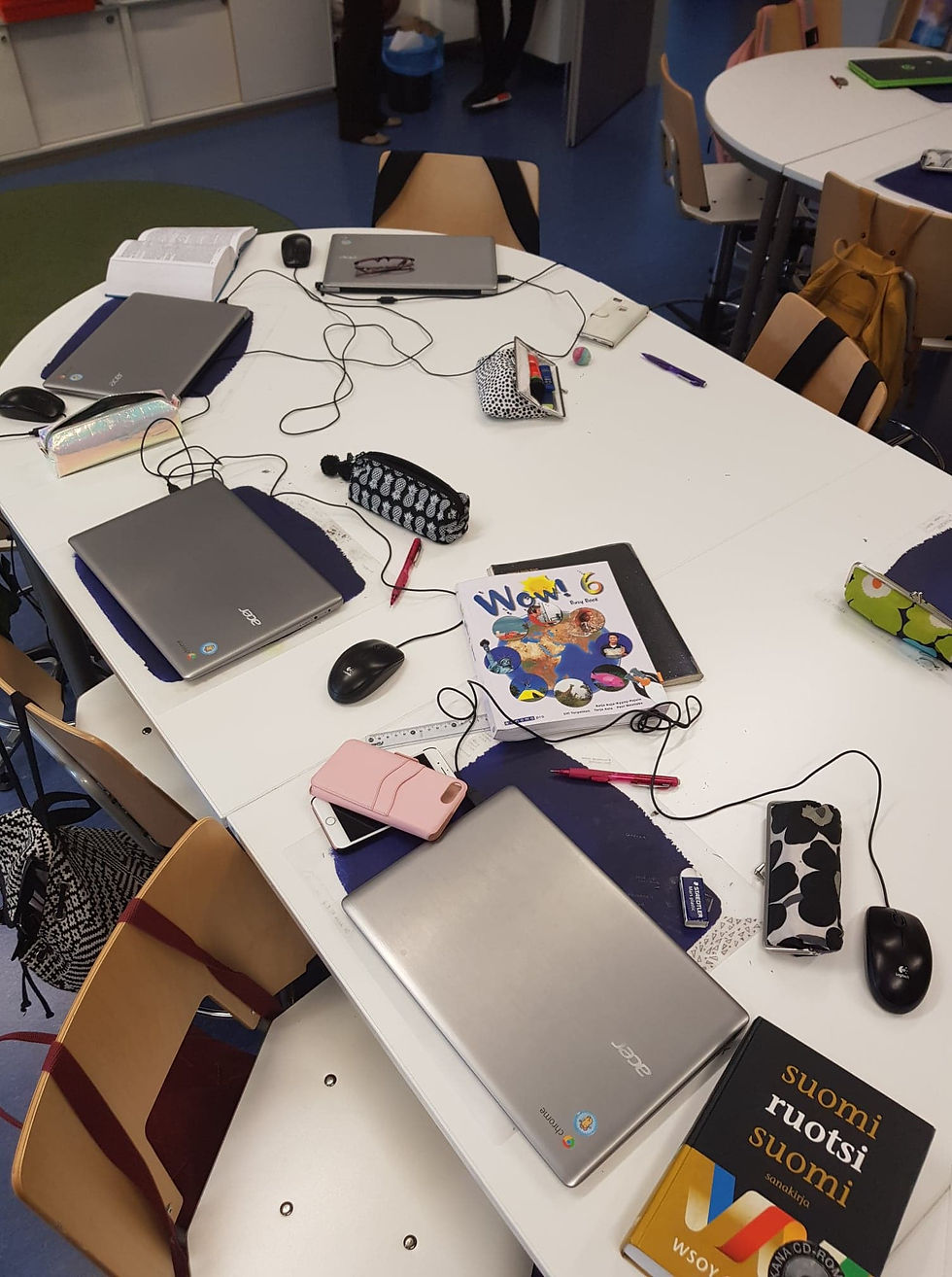The 1960s Behaviorist Resurgence vs. Interdisciplinary Curriculum with HILE Introduction
- Oct 14
- 3 min read

In the 1960s, a behaviorist view of learning dominated. Learning was defined as measurable changes in student behavior, and teaching focused on facts, repetition, and exams. This phenomenon can be called the “1960s behaviorist resurgence”, or the classical knowledge-rich curriculum.
Many curricula worldwide still have roots in these structures. Modern terms such as competency-based learning or 21st century skills attempt to move toward interdisciplinary and student-centered learning, but the old structures—subject blocks, fact-focused instruction, and teacher-led lessons—often remain.
Limitations of the Knowledge-Rich Curriculum
Isolated subjects: Mathematics, history, and science are taught separately, limiting the understanding of connections.
Behaviorist foundation: Focus on memorization and repetition often results in surface learning.
Low student activity: Students are passive recipients rather than active explorers.
Limited creativity: Learning is directed by textbooks and exams, not authentic problems.
Segregation and Student Ranking
The knowledge-rich curriculum, with fixed exam dates and strict fact coverage, naturally creates hierarchies among students:
All students are expected to learn the same content within the same timeframe, which is often unrealistic.
Some students perform better on exams, while others fall behind.
Historically, students were divided into “weak,” “average,” and “strong” groups—an early form of segregation.
In modern terminology, some are labeled “cognitive strong students” – those who can keep pace and memorize facts quickly. Students who do not meet this level risk being labeled less capable, affecting confidence, motivation, and future opportunities.
The Structure Myth
Knowledge-rich curricula often assume that teaching can be strictly scheduled like an assembly line: all students should progress through the same steps, at the same pace, with fixed exams and content schedules.
But reality is not an assembly line:
Students learn in different ways and at different speeds.
Motivation, prior knowledge, and interest strongly influence how and when learning occurs.
Forcing all students into the same timetable often leads to stress, surface learning, and exclusion for those who cannot keep up.
This belief in structure as a universal solution is therefore naive, highlighting the need for interdisciplinary curriculum with HILE, which emphasizes flexibility, exploration, and student-centered learning.
Advantages of Interdisciplinary Curriculum
Interdisciplinary learning integrates multiple subjects through authentic projects and is grounded in modern educational research. Benefits include:
Authentic and meaningful learning: Students tackle real-world problems that require knowledge from multiple subjects.
Deeper understanding: Seeing connections between subjects develops metacognition and complex cognitive skills.
Student engagement: Students become active, inquisitive, and creative.
Inclusive learning: Students can work at their own pace and with different strengths, without ranking or segregation.
Research and Hattie
John Hattie (Visible Learning, 2009) shows that high-impact teaching is characterized by:
Feedback: Constructive guidance.
Metacognition: Students reflect on how they learn.
Explicit teaching: Clear structure and modeling, even in project-based learning.
When interdisciplinary projects are combined with these principles, learning becomes both effective and deep, unlike behaviorist lessons that mainly measure memorization.
HILE – A Modern Model
HILE (Humanistic and Investigative Learning Environment) is based on three central theories:
Social constructivism: Knowledge is built through collaboration and discussion.
Information processing: Students organize, analyze, and process information for deep understanding.
Complex cognitive processes: Analysis, synthesis, and problem-solving are central.
HILE structures interdisciplinary projects to be well-organized, feedback-driven, and student-centered, combining deep knowledge with creativity and real-world relevance.
Practical Example
A sustainable energy project could integrate:
Biology: ecosystems and energy
Mathematics: calculations and statistics
Geography: global resources
Social studies: politics and economics
Students investigate, analyze, and present solutions, developing both subject knowledge and skills such as problem-solving and collaboration.
Conclusion
The 1960s behaviorist resurgence provided structure and factual knowledge but limited creativity, student activity, and the ability to connect knowledge across subjects. It also created segregation and ranking of students and relied on the naive belief that teaching could function like an assembly line.
Interdisciplinary curriculum with HILE, however, enables meaningful, engaging, and inclusive learning, where knowledge, skills, and critical thinking combine to meet the challenges of today and tomorrow.
Question for the reader: How can we transform today’s traditional subject-based teaching into more interdisciplinary and authentic projects?




Comments